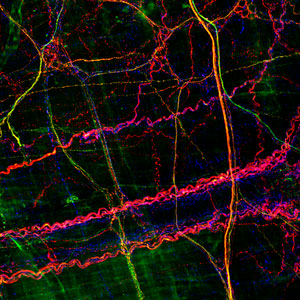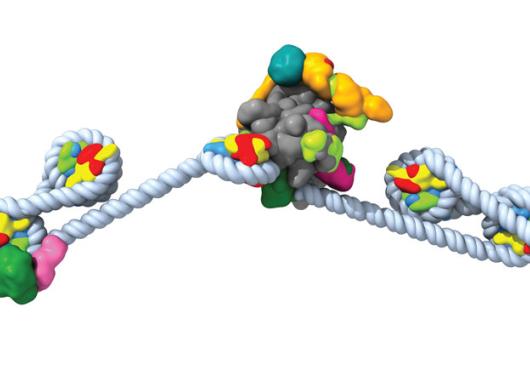
At a glance:
- In a study in mice, researchers identified and characterized five types of nerve cells in the colon that dispatch signals to the brain.
- These neurons have different forms and functions, some capable of detecting delicate forces, and others sensing more intense stimuli.
- The researchers say their findings may help inform the development of better therapies to treat gastrointestinal problems such as pain.
The gut-brain connection is a complicated two-way signaling cascade that is responsible for keeping the digestive system working properly and can cause problems when it breaks down. A key part of that axis is the colon, which extracts water and nutrients from food and transports waste out of the body. This crucial organ is implicated in a range of gastrointestinal conditions, including constipation, diarrhea, pain, and inflammation.
Now, in a first, researchers at Harvard Medical School have defined five distinct subtypes of sensory neurons in the colon that carry signals to the brain.
In a new study, conducted in mice and published Aug. 3 in Cell, the researchers found that some neurons are dedicated to sensing gentle forces, such as substances moving through the colon, while others sense more intense ones, such as pain.
The researchers say that, if confirmed in humans, their findings could help scientists develop more effective therapies to treat conditions that arise when this colon-brain sensing system goes awry.






